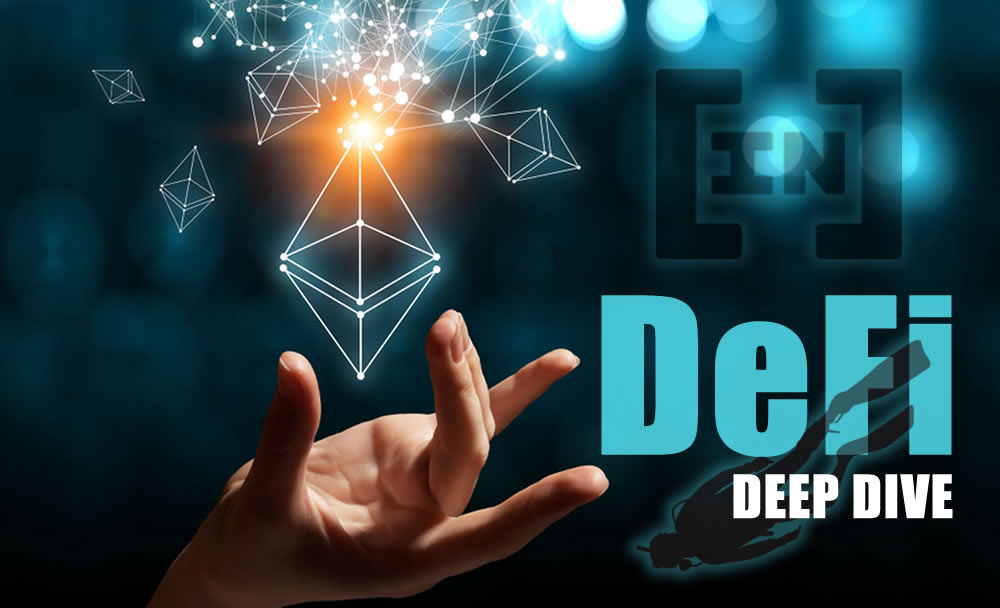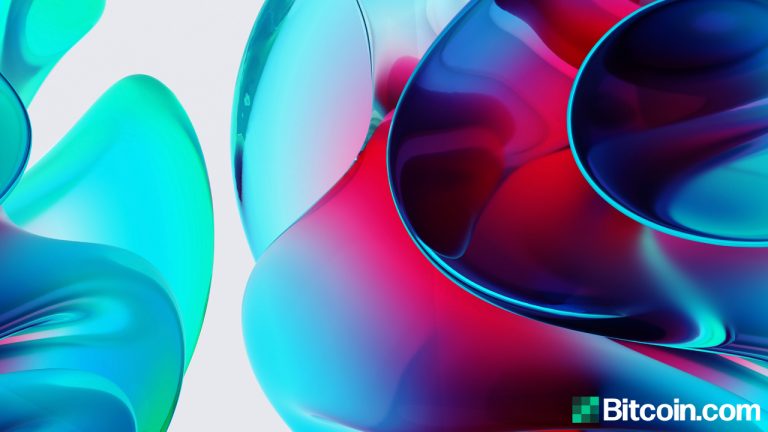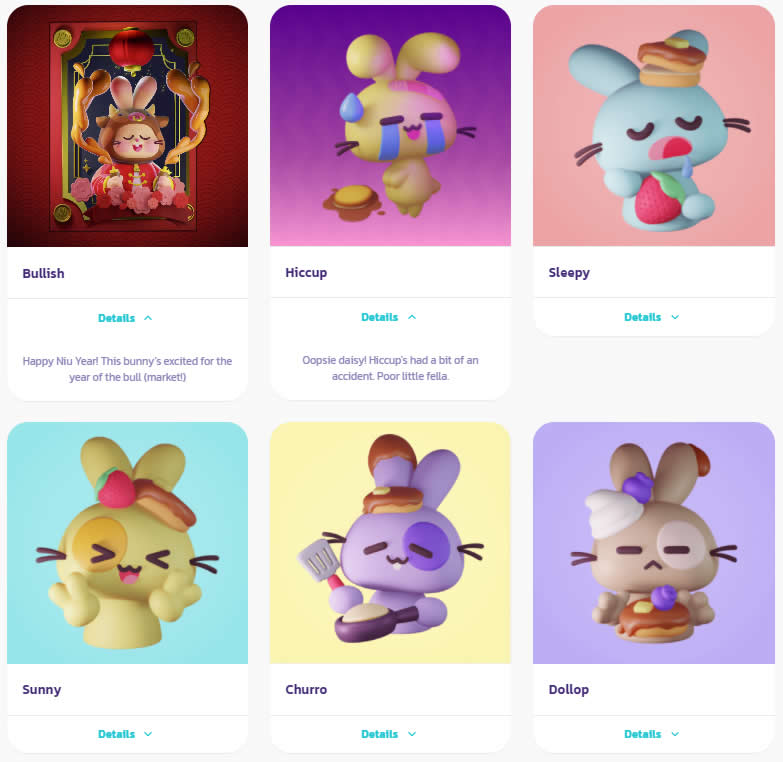2021-5-14 20:26 |
Though decentralized finance is one of the dominant uses for blockchain technology today, it can be easy to forget that the industry is still in its very earliest stages of development. After all, just three years ago, automated market makers (AMMs), yield farms, algorithmic stablecoins, and more, were essentially non-existent.
But now, thanks to the advent of a wide array of new technologies, the DeFi ecosystem is remarkably well developed. But there’s still a great deal of work to be done in several key areas, including:
Interoperability Is Coming Into FocusIf there is one challenge that stands above all else in the DeFi arena, then many would agree that it’s interoperability. This is essentially the issue of getting different blockchains to communicate with one another, usually for the purposes of securely transferring data or value from one blockchain to another.
Solving this issue is of paramount importance if we ever want to have truly interoperable, chain-agnostic decentralized applications (dApps) that can leverage the unique capabilities of multiple blockchains.
Fortunately, there are more than a handful of solutions being built to tackle this very challenge — Wanchain being one of the more successful examples. Wanchain achieves interoperability by connecting a multitude of different blockchains together — including Bitcoin, Ethereum, EOS, and Binance Smart Chain — using collateralized bridges that enable users to securely move assets from one chain to another and back again at low cost.
#DeFi cross-chain bridges make sidestepping #Ethereum's exorbitant gas fees a pretty straight forward affair.
The #Wanchain – #XRP cross-chain bridge immediately jumps to mind.
Not only is it incredibly fast, transactions on both chains are also ~basically~ free. 👀
— Wanchain (@wanchain_org) May 12, 2021
Wanchain also leverages a unique type of node, known as Storeman validator nodes, to execute and validate cross-chain transactions, and ensure that the number of assets locked on the original chain are represented 1:1 with assets minted on the connected blockchain. This ensures perfect continuity between bridged chains.
With practically every major blockchain working on interoperability, whether that be through layer-2 options, bridges, sidechains, or otherwise, it’s just a matter of time before a breakthrough solution emerges.
Gas Fee WorkaroundsTransactions fees have become a major challenge when interacting with DeFi apps in recent months — largely due to skyrocketing congestion on the Ethereum network, which has driven the average ERC-20 transaction fee to well over $50.
This has all but crippled a variety of DeFi use-cases, which are simply unaffordable in the current fee market, making DeFi games, decentralized trading, yield farming, and more, unsustainably expensive on Ethereum.
But this might not be the case for much longer, thanks to the myriad solutions that now in the works.
Among the simplest of these are simple batching techniques — including that used by Roseon — a yield aggregator that helps to optimize yield across multiple chains (and both CeFi and DeFi platforms). By batching user transactions into a single order, it helps to dramatically cut gas fees allowing users to continue netting profits from yield farms.
Yearn Finance offers a similar solution, allowing users to pool their funds together to participate in various yield-bearing products with reduced fees.
But transaction pooling isn’t the only way projects are working to bring the fees down. Other platforms get around the gas fee using second-layer technologies. This includes Celer, a platform that provides a second layer on top of the Ethereum mainnet that can process data off-chain before settling it on the Ethereum blockchain, keeping fees down to the absolute minimum.
The platform recently launched l2.finance to apply this technology directly to the Ethereum DeFi ecosystem, helping to almost eliminate DeFi usage costs through its “DeFi public transportation” dApp.
(1/3) 🎉🚀@layer2finance v0.1 launches on @ethereum mainnet taking on two biggest challenges in DeFi: high cost and complexity of use.
You can now use @AaveAave @compoundfinance and @CurveFinance through https://t.co/LO8Diwuaxr completely for FREE. https://t.co/BHTNvPlsMh
— CelerNetwork (@CelerNetwork) April 23, 2021
JavaScript Smart Contracts Are ComingRight now, if you want to create a smart contract, odds are you’re going to use either Solidity or Rust — two of the most popular smart contract programming languages today.
But there’s a problem with these — it can take months or potentially years to get up to speed when starting from scratch and there’s simply not enough Solidity or Rust developers to meet the demands of the burgeoning dApp industry.
Nonetheless, given the rapid cadence of new DeFi protocols and expanding market interest, a more accessible coding language could help to not only keep up with demand, but also power a range of novel use-cases.
JavaScript is among the most promising contenders for this role. Not only is it extraordinarily versatile, but it’s also one of the simplest languages to learn and has extensive developer resources available, making it well-suited for smart contract development.
Currently, several projects are looking to make JavaScript smart contracts mainstream. Arguably the most prominent of these is Agoric, a Proof-of-Stake (POS)-based smart contract platform that supports a highly secure variant of JavaScript known as Secure ECMAScript (SES) and provides a range of prebuilt composable DeFi modules to help expedite the development process.
@DeanTribble: #JavaScript can be more securable than other programming languages. @nodejs innovation enabled programmers to just get it done using components that other people built. Agoric DeFi components will enable the same for mainstream developers on chain.
— Agoric (@agoric) February 18, 2021
With JavaScript smart contracts, DeFi’s current developer crunch could be easily resolved, helping the industry grow organically through ever-more creative applications.
origin »
Market.space (MASP) на Currencies.ru
|
|






